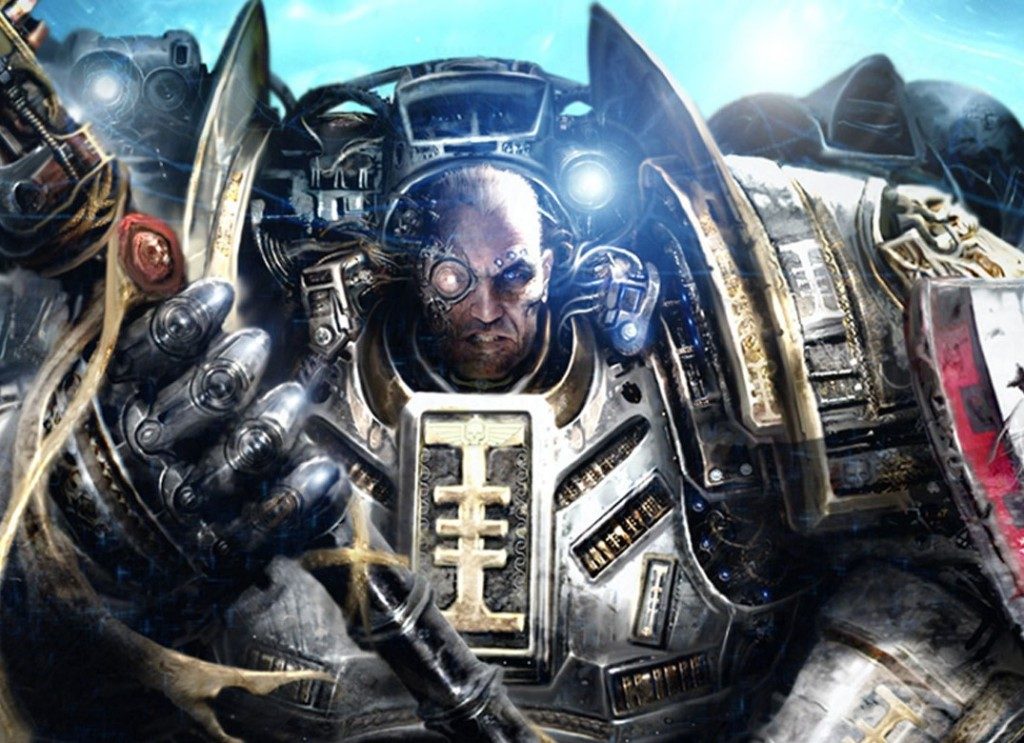
Hi folks! Rhys here. This article is the first of two in which I discuss that Grey Knights list that has been doing the rounds. Check out the Tactics Corner for more great articles!
As many of you will know, Laurence Baker of Tabletop Tactics recently took this list to the Beachhead Brawl down in Bournemouth, UK. While he had a stellar performance, winning all six of his games, he placed second, losing out on points to Vik Vijay, who was playing Iron Hands (but who gets the bragging rights?).
This result shows that the meta can shift on a dime. It shows that a few tweaks here and a few new rules there can turn a faction that most would have considered virtually unplayable in the competitive scene into a faction that many players would just as soon rather avoid in a tournament. It shows, moreover, that Games Workshop is paying attention, to one degree or another, and that GW is willing to make significant changes to a faction. The latest update to the Space Marines is yet more evidence of this.
Indeed, a few weeks ago, very few players could have foreseen the return of the Hammers of Titan, and yet here they are — and what a comeback. This Grey Knights list looks very tasty indeed.
But before we get started, I want to recommend a couple of resources that competitive players may find very useful. Check out the Art of War episodes that Nick and John recorded with Laurence. They really are a treasure trove of tactical insight. Also check out Goonhammer’s interview with Laurence on this subject. It’s definitely worth the read.
Let’s dive straight in to the meat of the list: the double Paladin bomb. These two units of ten-man Paladins are the linchpin of the army. It’s easy to see why. With three wounds apiece, an armor save of 2+ and an invulnerable save of 5+, we’re starting from a solid base. Each Paladin has a toughness of four, which is certainly nothing to write home about, but the Grey Knights player has tools to mitigate that. But we’ll come to the psychic phase later. Simply put, they’re tough.
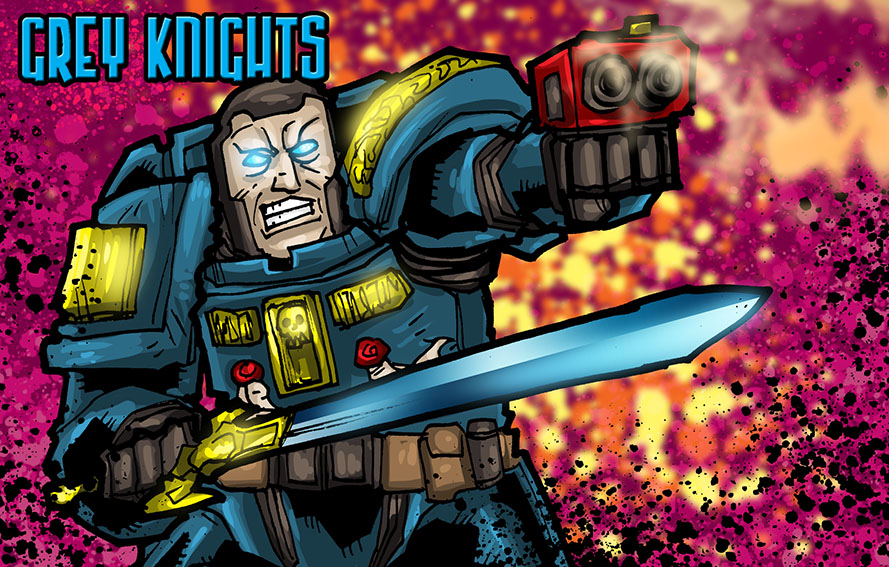
Let’s briefly talk about the wound characteristic of the individual Paladin. Three wounds poses something of a problem for a lot of armies. It means that two-damage weapons aren’t going to be working at full efficiency. For each two wounds taken, the opponent wastes one point of damage: two wounds results in four damage, and unless those four points of damage are mortal wounds, the excess is discarded. Indeed, this is damage for which he is paying points, but getting little use. And there are plenty of two-damage weapons upon which strong players rely to take out heavy infantry. As T’au player, this is particularly tricky for our Riptides’ Heavy Burst Cannons.
But let’s move on to the psychic phase. It goes without saying that the Hammers of Titan pose a particularly strong threat in the psychic phase. Not only can each unit in the army manifest at least one psychic power, but, thanks to Ritual of the Damned, the Grey Knights now have some especially potent powers at their disposal.
I mention above just how difficult to shift the Paladins are. One of reasons for this is the Sanctuary psychic power. Manifest with a warp charge value of 6, this power grants one unit within 12″ psyker a 5+ invulnerable save, or, if the unit already has an invulnerable save, adds one to the unit’s invulnerable save. This grants the Paladin unit an invulnerable save of 4+. Half of all wounds that bypass the Paladin’s armor, then, will bounce. This is starting to get pretty good.
But there’s more. Armored Resilience has a warp charge value of 6. If manifest, it obliges opponent’s to subtract one from the wound roll when targeting one unit within 12″ of the psyker. When employing this power, then, most anti heavy infantry weapons will be wounding Paladins on 4s. When combined with Sanctuary, those Paladins aren’t going anywhere.
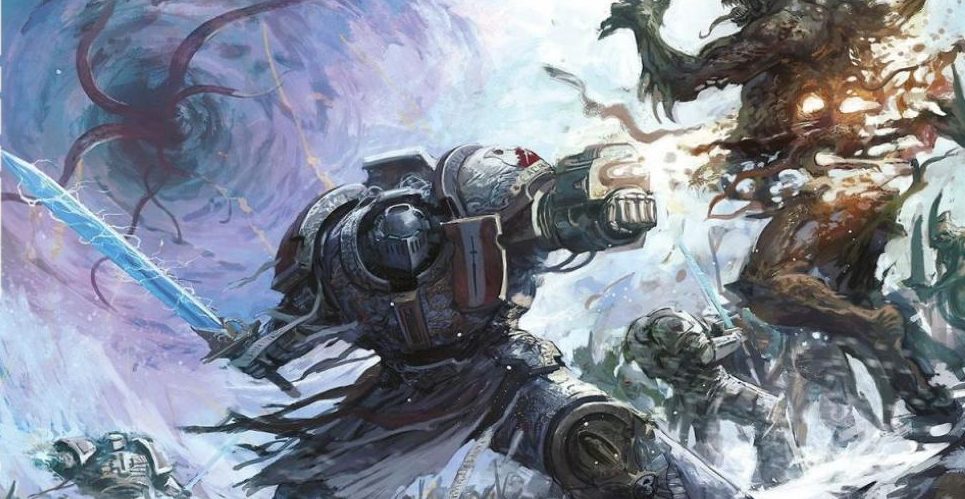
I’m a T’au player. Let’s fire a Riptide into a buffed up Paladin unit. We’ll get 18 shots from the Heavy Burst Cannon, of which nine will hit. Of those nine, four or five will wound. Let’s be kind and call it five. Of those five, two or three will bounce. Let’s be kinder still and say only two bounce off the invulnerable. That’s three wounds at two damage a pop. We’ve just killed two Paladins, and we were being generous. For a 278-point model, that’s pretty poor. Riptides are going to struggle against these boys.
What’s next? Edict Imperator, with a warp charge value of 7, allows a single unit within 12″ of the psyker to shoot as if it were the shooting phase and then move as if it were the movement phase. The ability to shoot in the psychic phase is a powerful one for armies as reliant on Smite as the Grey Knights. Most competitive players will screen appropriately if they know that their opponent can deal a lot of damage with Smite. And the Smite power must, of course, target the closest unit. Edict Imperator, then, allows the Grey Knight player to remove these screens while remaining in the psychic phase, meaning that the rest of the army can use those Smite powers on more valuable targets.
And Edict Imperator combos very nicely with another psychic power: Astral Aim. With a warp charge value of 5, Astral Aim allows a unit within 18″ of the psyker to target enemy units that are not visible to it, as well as ignoring any bonuses for cover. Put simply, nothing is safe. These two powers give the Grey Knights player consistent, reliable shooting when manifest on one of the Paladin units. Those Storm Bolters will easily clear many of the more common units that players use for screening.
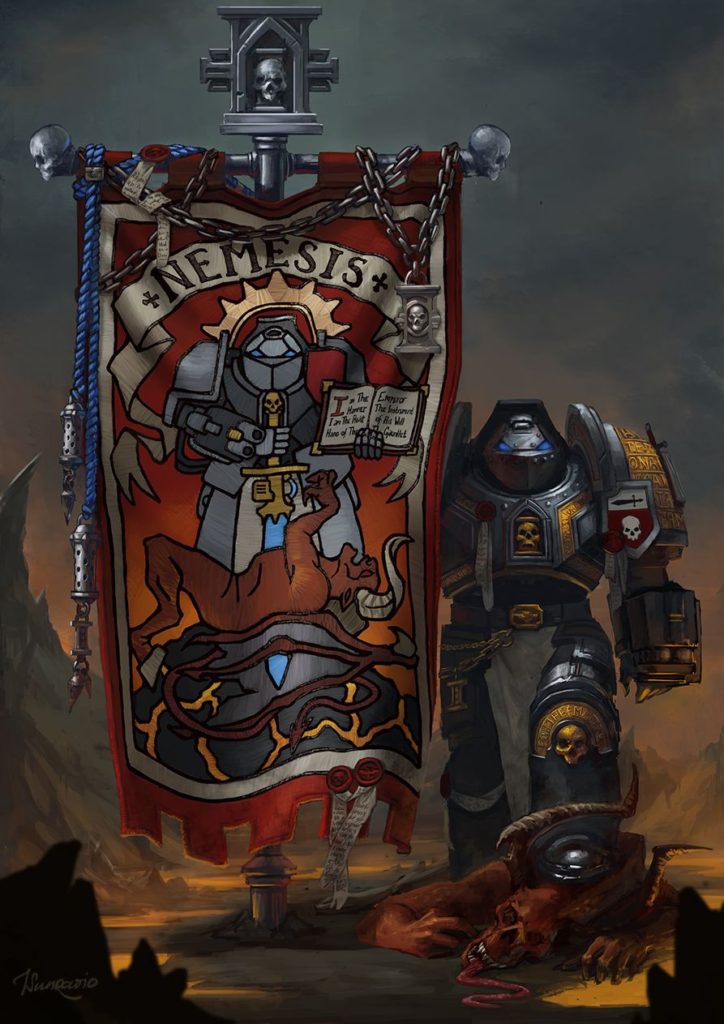
While the above two psychic powers give the Grey Knights even more threat in the psychic phase, there’s another power that grants yet more movement: Gate of Infinity, manifest with a warp charge of 6, allows the player to remove one Grey Knights unit within 12″ of the psyker and redeploy that unit anywhere on the board, subject to the normal reserves rules. This power hugely mitigates the below average move characteristic of the Paladins. Moving slowly and ponderously in real space doesn’t matter if your Librarian can fling you through the warp to almost anywhere on the battlefield.
Gate of Infinity gives the Grey Knight player two things on turn one: board control and the threat of a charge. Gating a ten-man Paladin unit into the middle of the board on turn one puts the unit into a commanding position, forcing the opponent to engage with the unit in one form or another or risk a devastating charge on the next turn. There’s a lot to be said for an aggressive play that forces your opponent to react to something you are doing, instead of playing the game as he was planning to play. The best 40k players tend to play their own game as they were planning it — force their opponent to play it as well.
Moreover, competitive players know how important board control is. Stopping the opponent from moving out onto the board as he was planning to is a very strong strategy, especially if it is done with a unit that a lot of armies will struggle to shift in one turn. As we have seen above, the Paladins certainly fit into that category.
There is a lot here to like, and there’s a lot that competitive players should be very wary of. And there’s much more to go into yet.
And remember, Frontline Gaming sells gaming products at a discount, every day in their webcart!



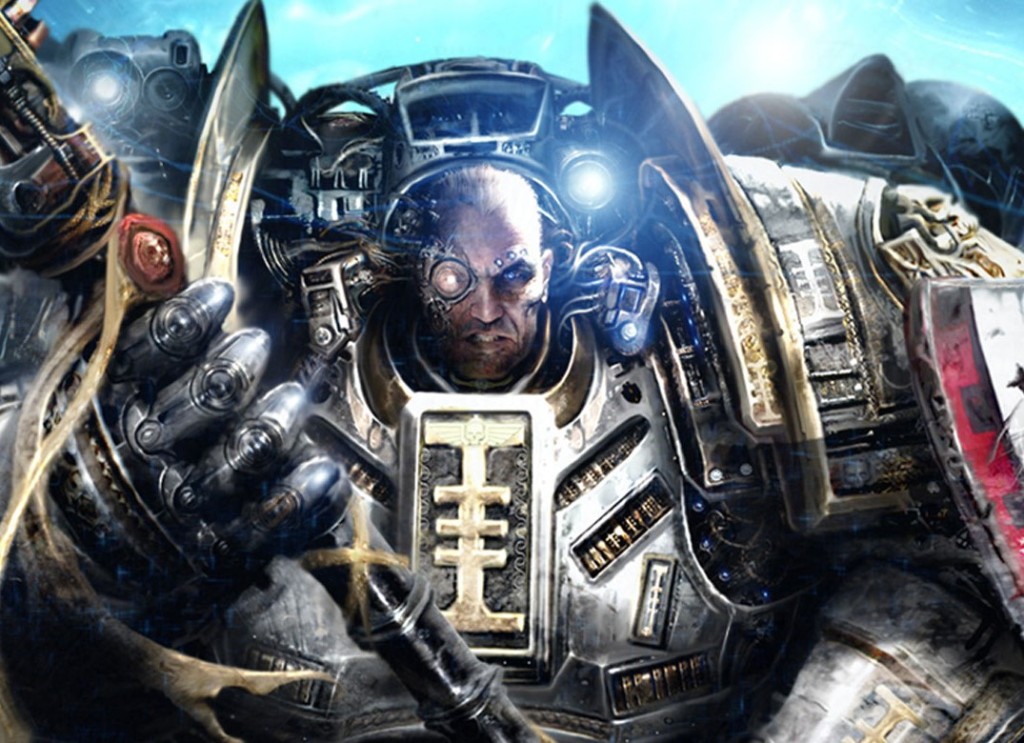
I’d check out Tabletop Tactics first. The showdown between Spider and Vik is now on youTube as they play the missing ” seventh game”. It’s also interesting that Spider played no SM lists at the tournament – that kind of luck (anf the right deployment zone/mission) makes a difference even to players as good as him.
Why should we listen to anything by Nick ? A player who leaves a tournament after losing a game with the current META-defeating Chapter ?
We listen to Nick because he has won multiple GTs and Majors and performed very highly even when fielding subpar factions.
I think the bigger question is why we should listen to YOU. Do you have a lot of tournament wins under your belt? Any keen tactical insights to the game you can regale us with? Or are you just an internet rando with a reputation for absurd Hot Takes on every subject, including whether it’s illegal for us to say the certain numbers in a tactics article?
Because he often post well-though an.. and I cannot finish that sentence without laughing. It’s Rob Butcher, the guy who start by his conclusion and try to find argument to fill the gap. When he don’t find some, he start ad hominem attacks, as seem here.
While it’s good to let everyone express themselves, most notably because even people like Rob can have good points, that don’t mean everyone should get an op-ed. People like Nick or to a lesser extent abusepuppy have a right to bigger exposure simply because they have shown time and again to be keen, but also to try to be neutral and to not show too much of an agenda.
He played Space Marines Round 5. Raven Guard.
Sean its this level of sass that makes you one of my favorite 40k personas!